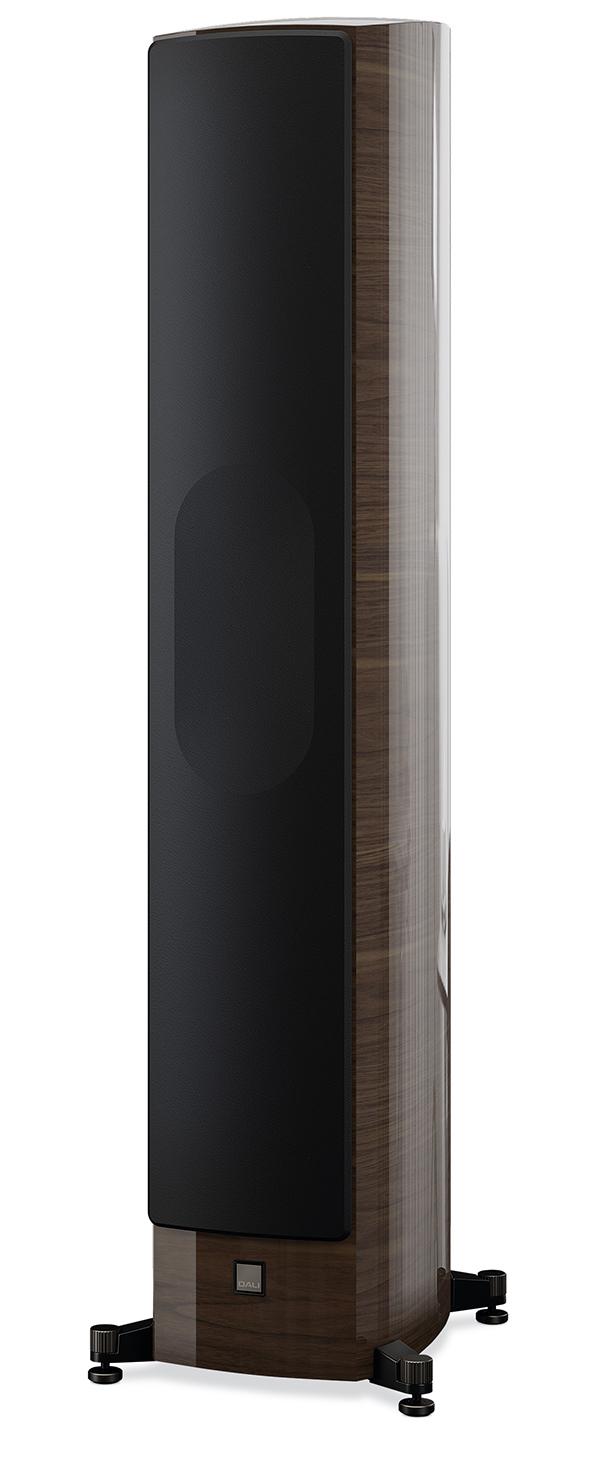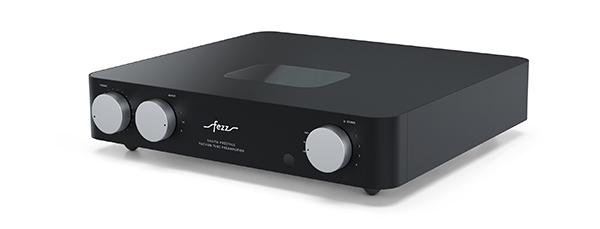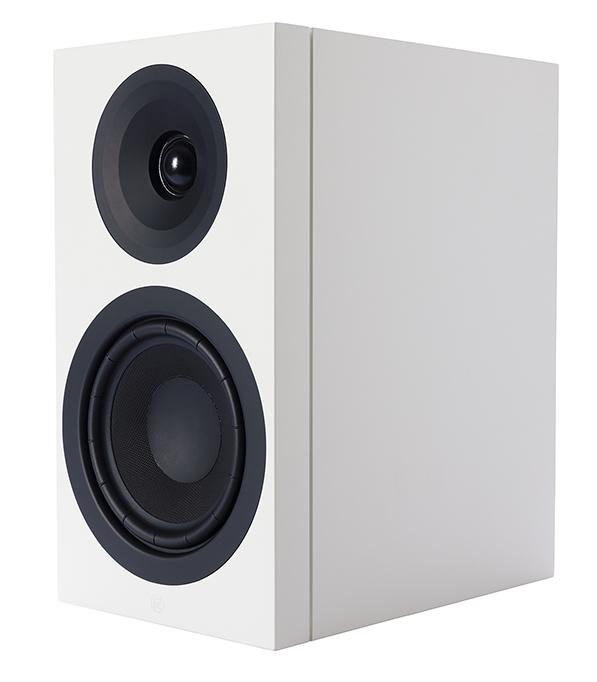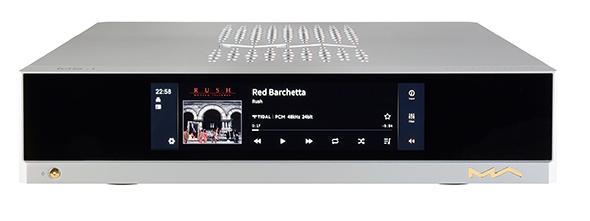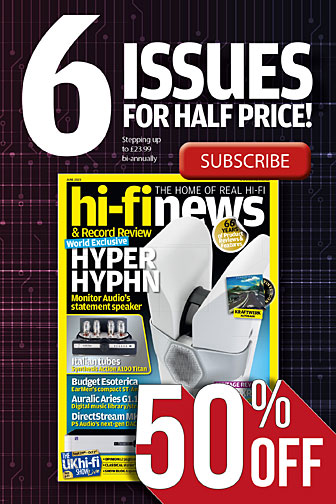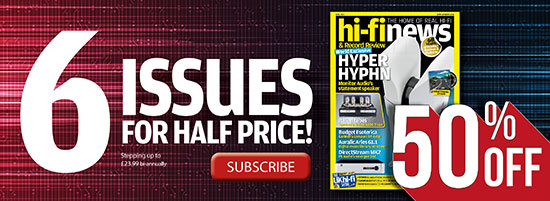LATEST ADDITIONS
|
Feb 04, 2025 |
First Published: Mar 01, 2025
|
Feb 04, 2025 |
First Published: Mar 01, 2025
|
Feb 03, 2025 |
First Published: Mar 01, 2025
|
Feb 03, 2025 |
First Published: Feb 01, 2025
|
Feb 02, 2025 |
First Published: Feb 01, 2025
|
Jan 31, 2025 |
First Published: Feb 01, 2025
|
Jan 31, 2025 |
First Published: Feb 01, 2025
|
Jan 31, 2025 |
First Published: Feb 01, 2025
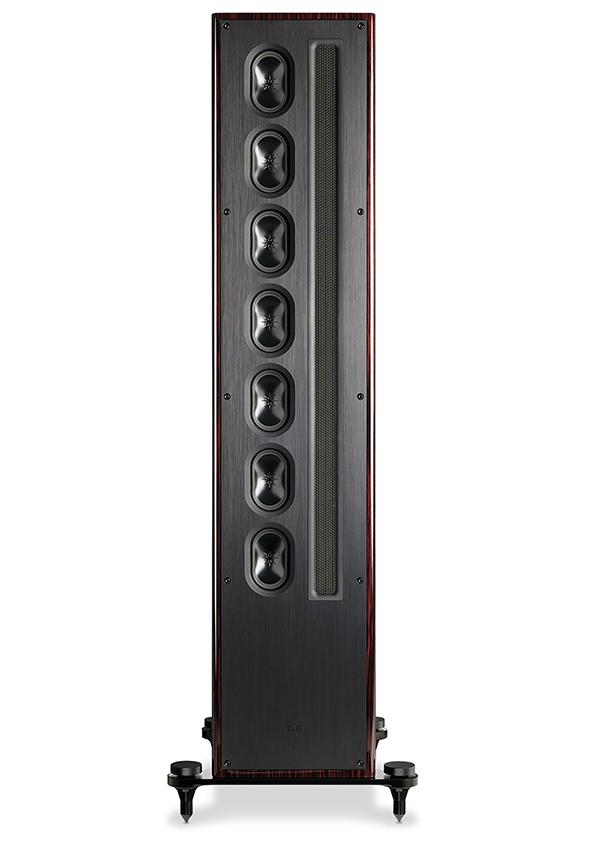
 Germany’s T+A has long been a champion of ‘line source’ floorstanders and its S 530 is the entry model to the concept
Germany’s T+A has long been a champion of ‘line source’ floorstanders and its S 530 is the entry model to the concept

 Based on the same ICEpower Class D amplifier module as the Stellar Strata, the ‘MK2’ trades streaming functions for an MM/MC phono stage. But power is increased...
Based on the same ICEpower Class D amplifier module as the Stellar Strata, the ‘MK2’ trades streaming functions for an MM/MC phono stage. But power is increased...
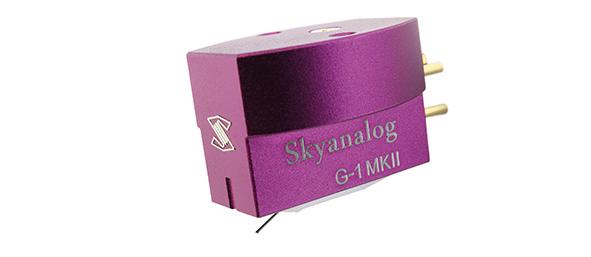

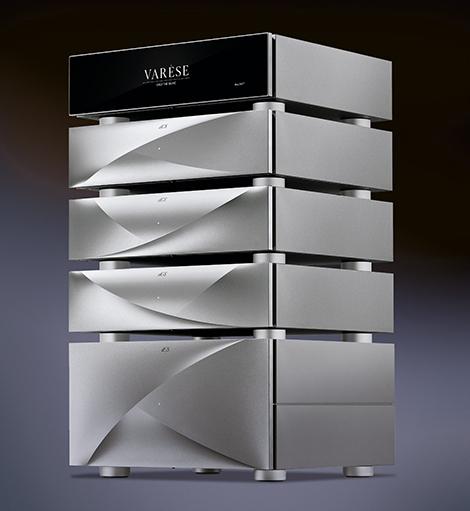
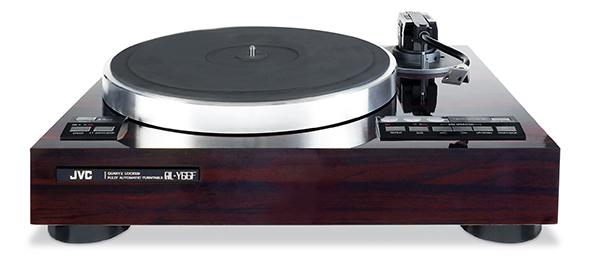
 Heavyweight direct-drive turntables were packed with technology in the 1980s, as
illustrated by JVC’s QL-Y66F with its second-generation Electro-Dynamic Servo tonearm
Heavyweight direct-drive turntables were packed with technology in the 1980s, as
illustrated by JVC’s QL-Y66F with its second-generation Electro-Dynamic Servo tonearm
